I served my mission in Quito, Ecuador during the years of 2004, 2005, and 2006. I can vividly recall arriving to the city; it was midnight, and the dark view from my airplane window was suddenly transformed into a dazzling scene of lights as we came around a mountain. Roads wound up and down the steep Andes mountains, illuminated on both sides by street lamps. The airport consisted of a small building, a dirt parking lot, and numerous angry-looking women who checked our passports.
We rode to the Assistants' house in the back of a pickup truck, passing a crowd of overdressed policemen as they held a band of criminals hostage in a ruined parking lot. After climbing to the apartment, we slept until morning when we were awakened by loud wheezing, tires screeching, and unending noise from below the apartment. I looked out of the window to find out what had happened; I was greeted by an enormous billboard of a semi-nude woman. The sounds were coming from the street far below us, where I could see stick-shift buses lurching along (that was the wheezing noise). They were packed to the brim, with people hanging out of the doors, laying on dashboards, and clinging even to the roofs of the buses. I could hardly believe the traffic, and it appeared as though there were absolutely no road rules whatsoever.
My first day was spent with two other missionaries. In order to board the bus, we had to run alongside and pull ourselves up as the driver did not want to stop. I had a hard time walking to the back because the driver apparently had no idea how to change gears smoothly, but I finally dropped into an empty seat next to a small, brown Ecuadorian. He was fairly nice, and in my broken Spanish I explained to him who we were and offered to send the missionaries to his home. He accepted, and I had him write his address on a slip of paper before I handed him his first Book of Mormon.
One of the two missionaries who were with me explained how I should descend from the bus. Since the drivers don't stop completely, one must jump facing the direction of movement in order to keep his balance. We left the bus, and I was astonished at the area. Tall, irregular, dirty stone buildings lined the steep mountain streets, and most homes were accessible only by stairs winding in and out between the structures. The three of us climbed about 400 stairs before we even reached the road we needed, and at 12,000 feet elevation I was having some serious trouble getting my breath.
My very first discussion took place in the destroyed foundation of a home, where we taught a 13 year-old boy about baptism. The only spectators were three or four filthy hogs who were rummaging about in piles of trash. The boy wanted to be baptized, so we set a baptism date.
We taught a lot of people that afternoon, and a few things in particular stood out to me. One was the absolute abject poverty that infiltrated every living corner, evidenced by the bare apartments, huts dug into the hillsides, and filthy cobblestone streets. Another was how everyone either knew the missionaries or stared at us like they were seeing ghosts. Almost everyone we taught was female, and it appeared to me that all of the men were either at work or stone-drunk.
It was truly another world for me, four hours away from my home and a century apart. Cathedrals dotted each neighborhood, and tiny shrines dedicated to local “Virgins” were the only well-kept structures in sight. Ecuadorians are mostly Catholic, though their Catholicism has been heavily influenced by age-old native traditions. Often we would be interrupted by the blaring horns of numerous completely untrained musicians as they marched through the streets, carrying on their shoulders a statue of the local virgin while priests dressed as gorillas, monsters, or other creatures danced drunken in front of the crowd. Virgins are not viewed just as intercessors to God by the Ecuadorian people; instead, the statues are actually believed to be the source of all types of blessings. Though idol worship is taught as sinful in the churches, most of the teaching never translates to understanding or actions. Bible study is not encouraged, and in many ways is discouraged by the priests and Catholic leaders. There is a system of inequalities, and the Catholic church rules many neighborhoods. Though it is the center of every community, the church plays no active part in the rearing of children; commandments are taught as guidelines, and most Ecuadorians are very unfamiliar with their church's doctrine even though they attend Mass on a regular basis. However, in spite of the many obstacles which people face as they learn about a new religion that requires active participation, learning, and service the Church of Jesus Christ of Latter-Day Saints, along with other Christian religions, is quickly gaining ground in Ecuador.
My first area is one which I hope to never forget. Rightly called La Loma de Puengasi (“The Hill of Puengasi”), it climbed the side of one of the largest mountains in the city of Quito. In order to walk the three miles to our house, we had to traverse the countryside by using trails and dirt roads that turned to four inches of mud every time it poured, which was every day. One evening, it was very dark as we trudged through the rain, mud, and cold air on our way to where we lived. We decided to take a slight detour to find a contact before going on, and we ended up finding a tiny two-room cement house that seemed to be built in the middle of a muddy pond. It was the Calderon family, and they invited us in. Everything was white, except for the tile floor due to the massive amounts of mud and water that my companion and I had tracked in. The father was handicapped by a twisted, gnarled arm that seemed to be glued to his side, and worked earning seventy-five dollars a month as a security guard. The mother sported a shawl to offset the bitter cold of their home. They had jet-black skin, except for the baby (youngest of three) whose color was slightly lighter than the rest. I can still vividly remember that first lesson; my companion was glancing around the room between making eye contact, and in his humble way earnestly shared his testimony of the prophet Joseph Smith. I was sitting in a child's chair, barely twelve inches off the ground, and the children sat on bags of rice. We taught them the gospel, and they began to make serious changes in their lives. They were, after many months, baptized as members of the Church of Jesus Christ of Latter-day Saints, and to see them united as a family was a touching experience for me.
Though there were occasional clashes between our doctrine and the doctrine of other religions, as missionaries we concerned ourselves with building upon the faith that people already had acquired through following their respective religions. For example, the “Testigos de Jeovah” (Jehovah's Witnesses) believed in keeping their bodies healthy; we taught the same thing, and expanded upon it. The evangelists believed in studying the Bible; we encouraged them to apply the teachings of the Bible and search for modern revelation. The Catholics believed that their church was established just after the time of Christ; we taught that the Church of Jesus Christ has been in existence for eternity. Muslims believed in temple worship; we taught them of ancient ordinances performed in consecrated temples that can seal a family together for all time. Atheists believed that God didn't exist because there was suffering in the world; we taught them the purpose of suffering is to be able to experience true joy. Baptists believed in the grace of God to save them, and we taught them how to qualify for that saving grace. We took their gifts of the Spirit and provided the celestial instruction manuals which were lacking, so to speak.
Our religion did not differ so much from others; it only added a new dimension, a new understanding to what they already believed, while clarifying certain points which had been contaminated by the opinions and false teachings of men. Religion is a key factor in the lives of Ecuadorians, which made it both easy to find investigators and sometimes difficult to convince them of the need for anything more.
The final moments of my service in Ecuador were some of the greatest eye-opening ones for me regarding the myriad lessons learned during my two-year sojourn. Perhaps one of the greatest of those moments occurred the day before I was to fly back to the United States. I was in a place called Santa Anita, Ambato, about a mile or so from the bus stop and into the countryside. My companion and the Chango family were seated around a table in a very, very poor neighborhood. The entire family, complete with their cousins, uncles, and aunts had been baptized at different times throughout the previous six months, and Ismael was probably the one who had changed the most. Having been an abusive, alcoholic father and husband, he slowly made changes until he was to be one of the strongest of all the new converts I had taught. At that moment, he stood up and sang to me a farewell, Mas Cerca, Dios, de Ti, (“Closer my god, to thee”). Though his voice was untrained and the melody unrecognizable, the words touched my heart. He was, truly, closer to his God, and in the dusty room I could almost palpate the feeling of love that had entered the home. This was true religion.
The Sunset
2 years ago






































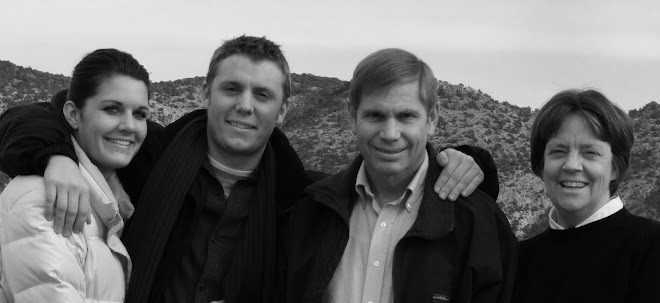









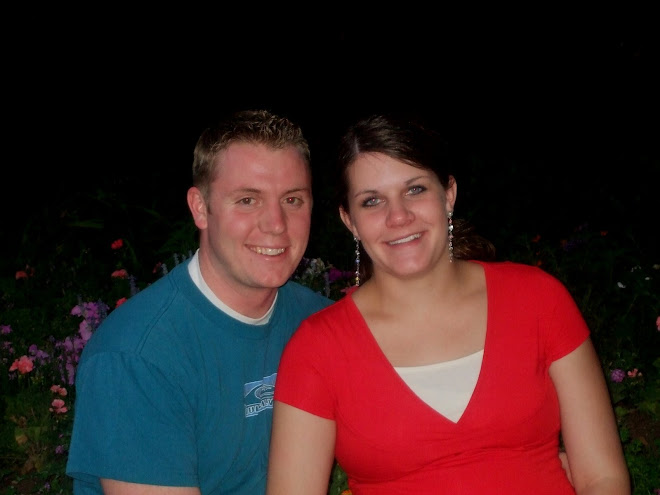


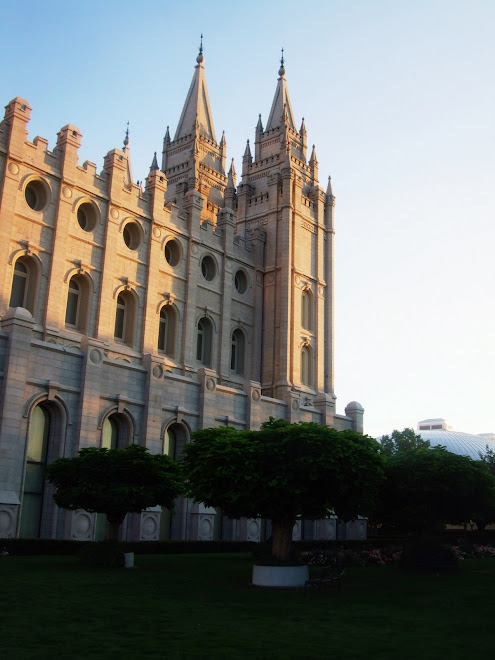
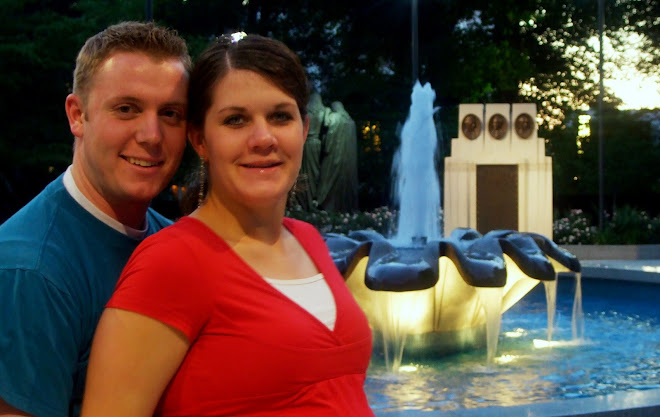
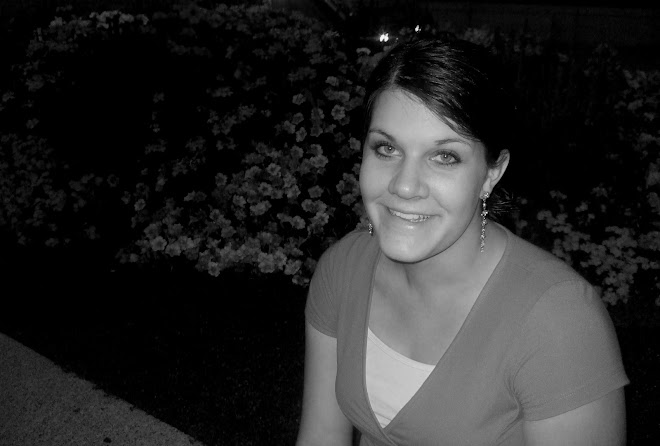

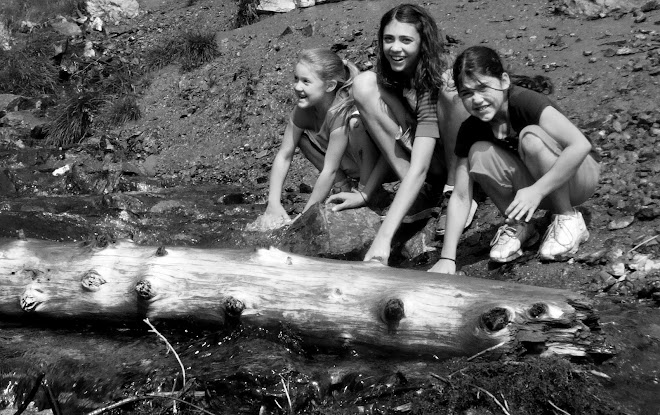



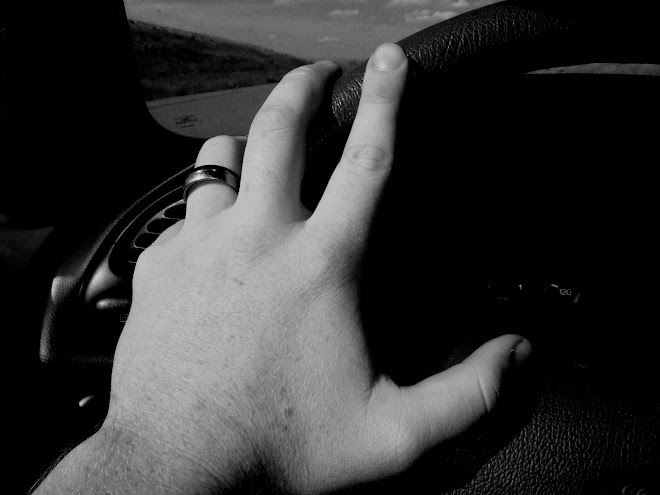






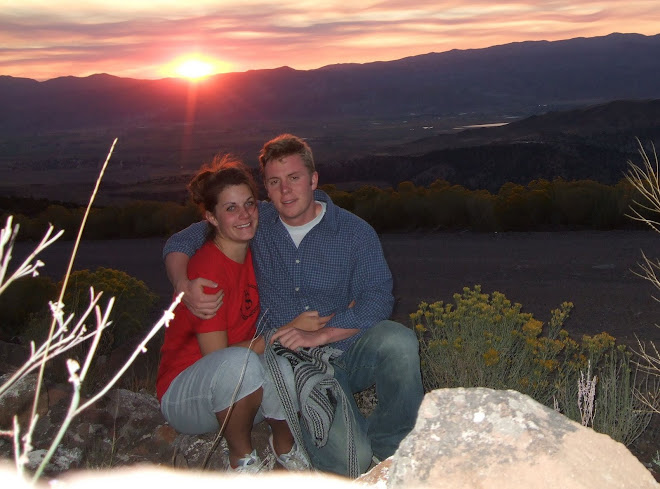







No comments:
Post a Comment